Directions: Answer the following questions by selecting the correct/most appropriate option.
106. Read the example of what a learner does and choose the strategy that matches the example.
“If I don’t know what something means, I look it up.”
(1) Consulting reference materials
(2) Confused state of mind
(3) Focusing on collocations
(4) Using opportunities for practice
Show Answer/Hide
107. A diagnostic test is used to assess:
(1) learners’ ability to summarise the main points in a text.
(2) and rank learners in order of achievement.
(3) learners’ strong and weak points in language.
(4) learners’ ability to recognise their own language mistakes.
Show Answer/Hide
108. A proficiency test always assesses:
(1) the level of language that learners have reached.
(2) the multisensory learning experiences.
(3) the language of daily conversation.
(4) the language that students have been taught.
Show Answer/Hide
109. A teacher divided learners into groups, and asked them to do a quiz about ‘elephants’ before reading a story about them. The objective of the teacher is to:
(1) generate interest in a topic.
(2) write a text review.
(3) test their memory.
(4) give peer feedback.
Show Answer/Hide
110. In a language classroom, a student is disturbing the class. To handle this disruptive student, the teacher should:
(1) first talk to the children to offer remedies.
(2) depend on the parents to offer remedies.
(3) report the behaviour of the student to the school authority.
(4) address the diligent students.
Show Answer/Hide
111. When students “brainstorm ideas, organise, draft, edit and revise their work,” which skill does this process reflect ?
(1) Reading skill
(2) Writing skill
(3) Listening skill
(4) Speaking skill
Show Answer/Hide
112. Read the following statements and choose the correct option:
Assertion (A):
Reading and writing skills help in critical thinking at the primary level.
Reason (R):
Critical thinking is a sub-skill of reading and writing.
(1) Both (A) and (R) are true, but (R) is not the correct explanation of (A).
(2) (A) is false, but (R) is true.
(3) (A) is true, but (R) is false.
(4) Both (A) and (R) are true and (R) is the correct explanation of (A).
Show Answer/Hide
113. Language skills are best learnt:
(1) with the help of challenging and mechanical language drills.
(2) if they are dealt with in an integrated manner.
(3) only through written tests and assignments.
(4) if the teacher focuses on one skill at a time.
Show Answer/Hide
114. To assess whether students have understood how to use the narrative skill, a teacher should ask students to:
(1) share an incident when they were surprised.
(2) correct the mistakes in the use describing words.
(3) read a story and answer comprehension-based questions.
(4) circle the verbs and adjectives in the text.
Show Answer/Hide
115. A teacher of Class VII reading of books other than the prescribed is facilitating the textbooks. She is promoting their:
(1) Intensive reading
(2) Extensive reading
(3) Guided reading
(4) Shared reading
Show Answer/Hide
116. The principal asked the language teacher to select the textbooks and other resources for the new session. While selecting them, which one of the following is not relevant?
(1) Adaptability of the books and resources
(2) Level of the students
(3) Conceptual complexity and density of material
(4) Learning needs and languages known to children
Show Answer/Hide
117. The teacher developed the criteria to monitor the use of language materials by learners. Which criteria are most important and helpful in monitoring the use of material?
(1) Present, prepare and practice the material
(2) Observation, feedback sessions, and written reports
(3) Checklist, assumptions and learning outcomes
(4) Usability, repetition and production of utterances
Show Answer/Hide
118. A teacher showed a movie with the captions to P-II/F learners in Class VI. The movie is based on one of the chapters in the textbook. The movie with captions on will encourage:
(1) listening strategies, active viewing, and motivating the students to use authentic language material.
(2) the students to watch more such movies.
(3) listening strategies by verbal clues and to appreciate the actions of actors, and to write a review.
(4) active viewing and listening.
Show Answer/Hide
119. Read the following statements and choose the correct option:
Assertion (A):
A child in his early childhood stage uses more verbs than nouns and ignores the grammar rules.
Reason (R):
They lack vocabulary range.
(1) (A) is true, but (R) is false.
(2) (A) is false, but (R) is true.
(3) Both (A) and (R) are true and (R) is the correct explanation of (A).
(4) Both (A) and (R) are not the correct explanation of (A). true, but (R) is
Show Answer/Hide
120. A child shares experiences with her mother and says that her language classroom sometimes we cover our eyes and the teacher asks us to pick an object out of a bag. Then we have to try to describe it. It’s a really good way to learn:
This comment shows the child’s preference of learning. Identify her preference.
(1) I remember language well when I move.
(2) I remember language well when I copy it.
(3) I remember language well when I see it.
(4) I remember language well when I hear it.
Show Answer/Hide
| Read Also : |
|---|

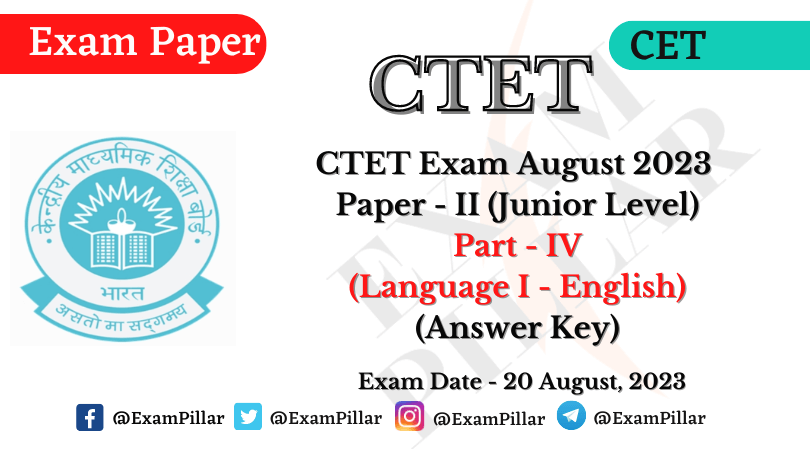
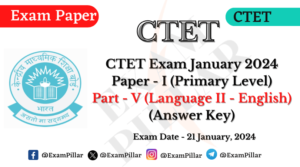
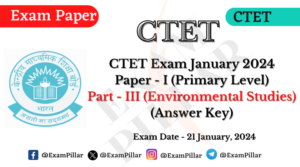
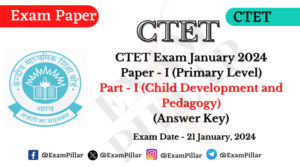
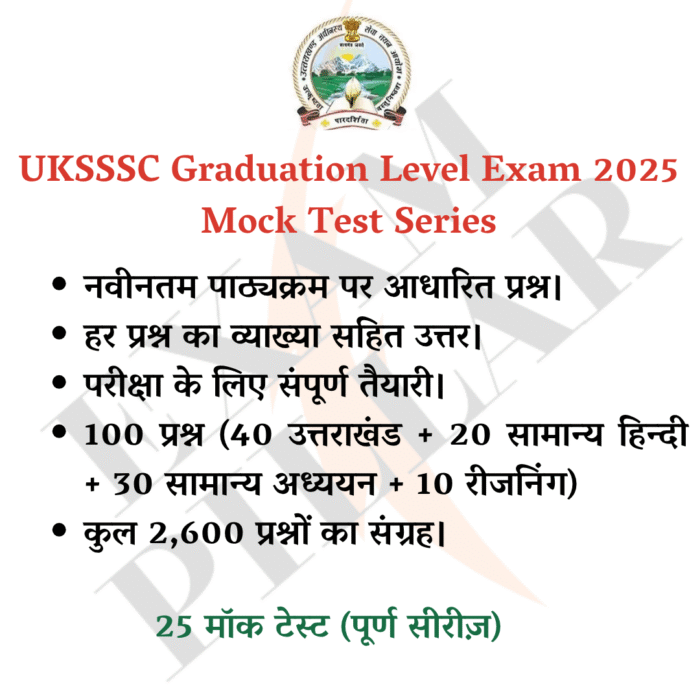

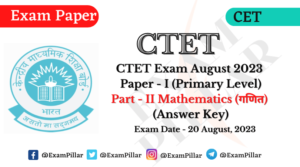

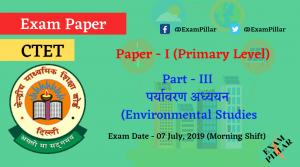
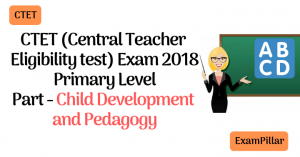
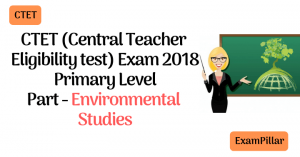
Hmm